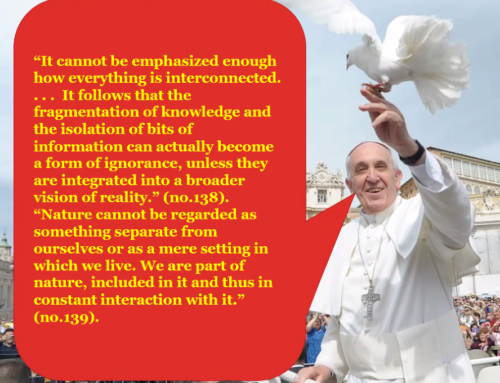Introduction
Listening to, or reading, presentations of consciousness studies can often be very confusing. There are several reasons for this. One reason is that the presentation may come from two very different viewpoints. It may be focused on human consciousness or it may be coming from an interest in the idea of an all-pervasive consciousness throughout the cosmos (known as panpsychism). In this respect, experientially, as humans, we could ask – do we, as individuals, have consciousness or does a cosmic consciousness have us (so to speak). Many of us will relate to different personal experiences that suggest that both are true according to how preoccupied we are with immediate everyday concerns about the survival of our physical being and its ego, versus more meditative states, perhaps in nature, of being outside of our selves and ‘aware of being aware.’ We will come back to this seeming contradiction later.
Another reason for confusion is that the discipline, or background knowledge and interest of the scholar of consciousness may be very different. For example, it may be mystical/religious, philosophical or scientific. Each of these categories may be further subdivided in a way that influences the approach and outcome of the investigation. For example, the scientific approach may involve scholars in psychology or psychiatry (e.g., Velmans, 2017; Beauregard et al., 2018), in quantum mechanics (e.g., Marman, 2018), in Darwinian evolution (e.g., Velmans, 2012), or biology and geology. The approach from biology can be further subdivided into neurology (Koch et al., 2016; Chalmers, 1998) or, as in this article, evolution.
The literature covering the various approaches to the study of consciousness is huge and diverse and often confusing and will not be covered here. In this paper, the approach is limited to a simple mechanistic biological analysis of how consciousness is involved in increasing complexity in evolution – from atoms, to molecules, to tissues and organs, to life forms, to populations of life forms and then, after introducing the life forms into ecosystems, continuing on through solar systems, and galaxies to cosmos. With a few rules governing the nature of the formation of this interconnected hierarchy of evolution it is a scheme that delivers consciousness as primary and defines matter as derivative from consciousness in evolution.

